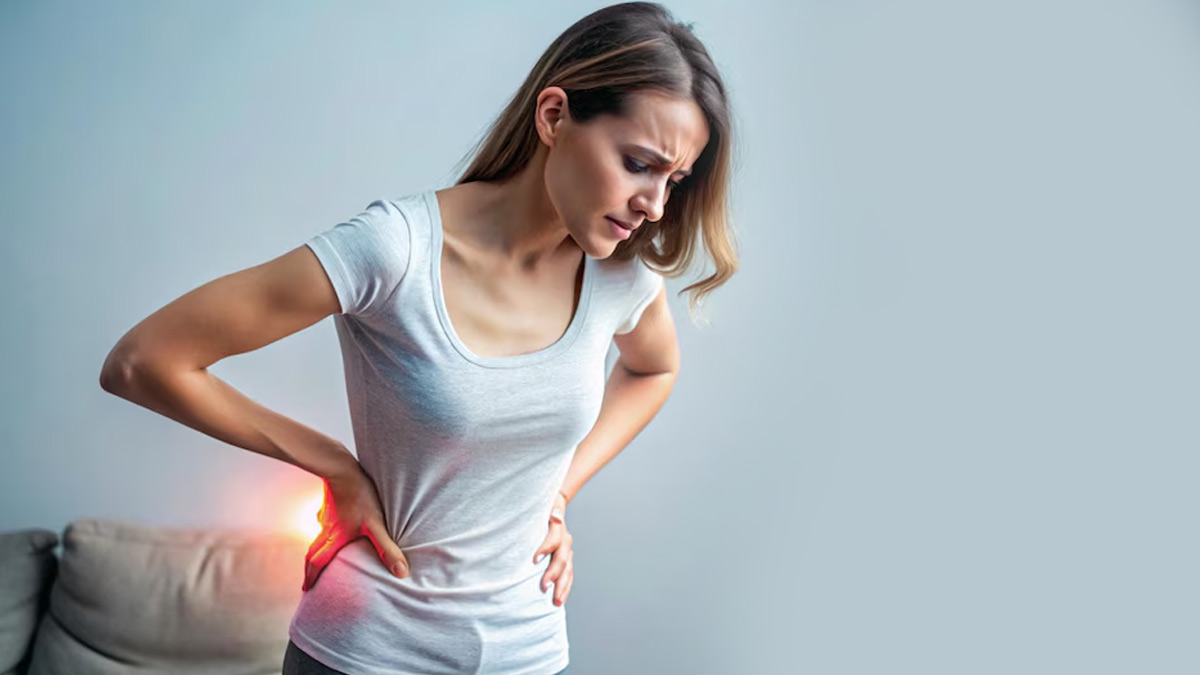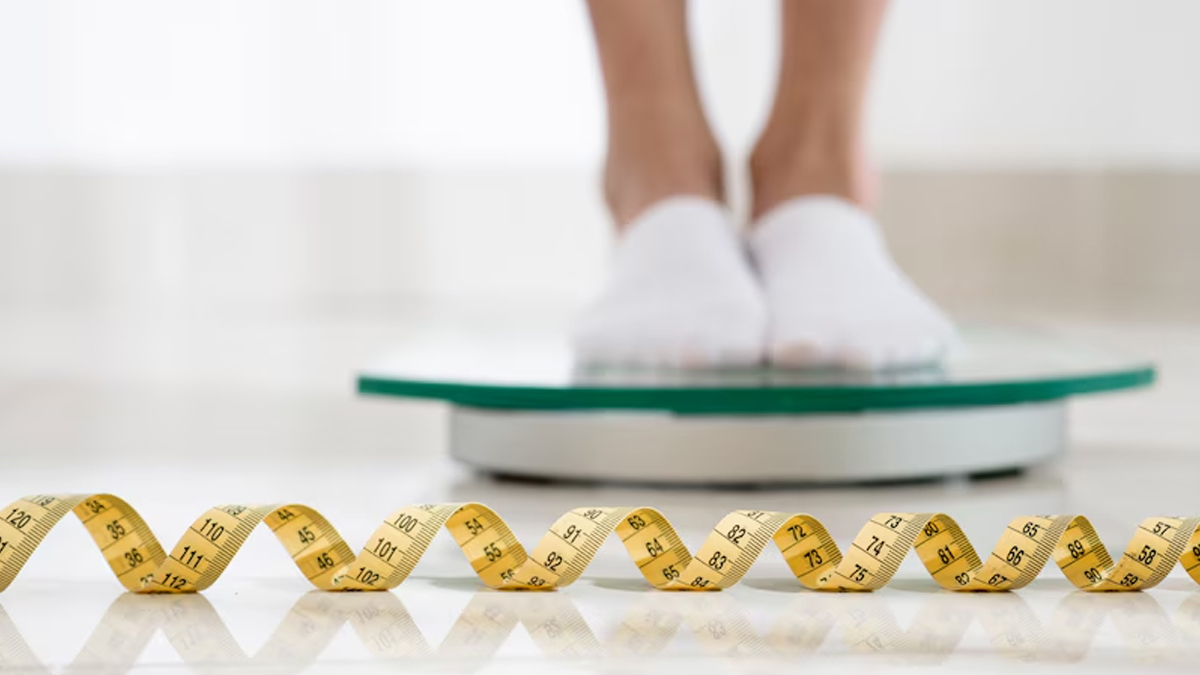
People dealing with hip arthritis often face discomfort while performing various tasks, making even simple activities a challenge. Not only this, they also experience pain, stiffness, and reduced mobility. If you are someone who shares a similar experience, you're not alone. The good news is that you can alleviate the pain and discomfort with easy yet effective strategies at home. Here are practical tips to help alleviate hip pain due to arthritis and improve your quality of life.
Table of Content:-
According to a 2022 study, osteoarthritis is a prevalent and debilitating condition marked by joint pain and stiffness due to the gradual wear and tear of cartilage. This condition carries a significant health burden. Specifically, hip osteoarthritis is a common type of osteoarthritis that often leads to reduced mobility and functional limitations. In severe cases, it can advance to a stage where joint replacement becomes necessary.
Tips to Alleviate Hip Pain Due to Arthritis
1. Maintain a Healthy Weight

Did you know excess weight can put an additional strain on your hips and can exacerbate arthritis symptoms? Losing even a small amount of weight can reduce the pressure on your hip joints, potentially easing pain and improving mobility. Hence, focus on a balanced diet rich in fruits, vegetables, lean proteins, and whole grains. Regular exercise, in combination with dietary adjustments, can help you achieve and maintain a healthy weight.
2. Exercise Regularly
Do not neglect the importance of exercise while managing arthritis pain. It helps strengthen the muscles around the hip joint, improves flexibility, and enhances overall joint function. Low-impact exercise, such as swimming, cycling, and walking are gentle on the joints while providing effective cardiovascular and muscular benefits. Incorporating strength training exercises, like leg lifts and resistance band exercises, can further support the hip area.
Also Read: Arthritis Care: Expert Explains How Treatment Differs For Young And Old Patients
3. Practice Stretching and Strengthening Exercises

Adding stretching and strengthening exercises to your daily routine can make a difference in easing hip pain and improving your joint function. Gentle stretching exercises can increase flexibility and reduce stiffness. Yoga and Pilates are excellent choices, as they focus on gentle movements that enhance flexibility and core strength. Strengthening exercises target the muscles surrounding the hip joint, providing better support and reducing the load on the joint itself.
4. Use Heat and Cold Therapy
Another way to manage hip arthritis pain is using heat and cold therapy. Applying a warm compress or heating pad to the affected area can help relax the muscles and increase blood flow, which may reduce stiffness and discomfort. Conversely, using an ice pack can help reduce inflammation and numb the area, providing temporary relief from pain. You can alternate between heat and cold therapy based on what feels best for you and the severity of your symptoms.
5. Wear Supportive Footwear
Wearing the right shoes can make a significant difference in hip pain management. You can opt for footwear with good arch support, cushioning, and a stable base to reduce stress on your hips. Avoid high heels or shoes with inadequate support, as they can exacerbate hip pain and contribute to poor posture. Custom orthotics or insoles may also be beneficial, particularly if you have specific foot or gait issues.
Also Read: Osteoarthritis Of The Hips: Expert Explains Its Types, Symptoms, And Treatment
6. Modify Daily Activities

Tweaking your daily routines can help ease hip pain. For example, using tools like canes or walkers can take some of the pressure off your hips when you’re moving around. When performing tasks that involve bending or lifting, use proper techniques to avoid unnecessary stress on the hip joints. You may also consider investing in handy gadgets, such as grabbers or long-handled reachers to make tasks more manageable and reduce strain on your hips.
7. Practice Good Posture
Maintaining proper posture can reduce the strain on your hips and alleviate pain. You should pay attention to how you sit, stand, and move throughout the day. Use ergonomic chairs and proper body mechanics to minimise stress on your hips. Good posture not only helps manage pain but also improves overall comfort and function.
Bottomline
If hip pain persists despite your efforts, seek advice from a specialist. An orthopaedic doctor or rheumatologist can provide a comprehensive evaluation and recommend advanced treatments if necessary. In some cases, procedures, such as corticosteroid injections or physical therapy may be needed to manage pain effectively.
[Disclaimer: This article contains information for informational purposes only. Hence, we advise you to consult your own professional if you are dealing with any health issues to avoid complications.]
Also watch this video
How we keep this article up to date:
We work with experts and keep a close eye on the latest in health and wellness. Whenever there is a new research or helpful information, we update our articles with accurate and useful advice.
Current Version
